Cryo-plasma focused ion beam milling
Cryo-electron tomography (cryo-ET) provides unprecedented insights into the inner workings of cells, but clear, reliable results depend on high-quality cryo-lamella preparation. The Thermo Scientific Arctis Cryo-Plasma Focused Ion Beam (Cryo-PFIB) is specifically designed for automated, high-throughput production of cryo-lamellae from vitrified cells. Its Autoloader system provides a unique, direct connection between cryo-FIB-SEM sample preparation and cryo-transmission electron microscopy (cryo-TEM) within the tomography workflow.
Correlation to light microscopy and relocation in TEM
An “on-board” integrated wide-field fluorescence microscope (iFLM) allows the same sample area to be observed with light, ion, or electron beams. Specially designed TomoGrids ensure correct cryo-lamellae alignment to the tomographic tilt axis, from initial milling through high-resolution TEM imaging.
The iFLM Correlative System enables fluorescence imaging at the electron/ion beam coincidence point. Switching between iFLM targeting and ion milling can be performed without moving the stage. The 180° tilt capability of the CompuStage allows for imaging of the top and bottom surfaces of the sample, which can be helpful for thick samples.
TomoGrids are specifically made for the cryo-tomography workflow and have two flat sides facing each other. These sides prevent misalignment during loading into the cryo-TEM and always ensure proper orientation of the lamella axis with respect to the TEM tilt axis. With TomoGrids, the entire available lamella area can be utilized for data acquisition.
High-quality lamellae with consistent thickness
The Arctis Cryo-PFIB maintains an ultra-clean working environment for several days, ensuring consistent, high-quality lamella preparation. The plasma ion-beam source can switch between xenon, oxygen, and argon ions, facilitating the production of very thin lamellae with optimized surface quality
PFIB technology enables applications that are not covered by liquid metal ion source (LMIS) FIB systems. For example, it is possible to use the different milling properties of the three available ion beams to produce a high-quality sample while avoiding gallium implantation effects. System enclosure is designed with biosafety in mind and an a heat decontamination solution is optionally available for higher biosafety level labs
The compact sample chamber of the Arctis Cryo-PFIB is specifically designed for cryo-operation. Its reduced volume allows for an exceptionally clean operating environment that minimizes water condensation. This designed-in cleanliness is further enhanced by sample cooling via braids and sample shielding with a dedicated cryo-box, ensuring a working environment that routinely allows for multi-day batch sample preparation.
Automated high throughput and connectivity for cryo-tomography
The Autoloader enables robotic sample loading and unloading for up to 12 grids (TomoGrids or AutoGrids), facilitating transfer to the cryo-TEM while minimizing sample damage and contamination risks. In the new web-based user interface loaded grids are first mapped and inspected. Subsequently, lamella positions are chosen, and milling parameters are defined. Milling work is carried out autonomously. Depending on the specimen, the plasma source enables high milling rates for fast, large-volume material removal.
The Autoloader cassette provides a protected environment for the delicate cryo-lamellae samples. Risky manual sample manipulation steps that could damage or contaminate the samples are largely avoided. The cassette is loaded into a capsule docked to the Autoloader, which can be interchanged between the Arctis Cryo-PFIB and Krios or Glacios Cryo-TEMs.
Cryo-Tomography
Cryo-electron tomography (cryo-ET) delivers both structural information about individual proteins as well as their spatial arrangements within the cell. This makes it a truly unique technique and also explains why the method has such an enormous potential for cell biology. Cryo-ET can bridge the gap between light microscopy and near-atomic-resolution techniques like single-particle analysis.
MicroED
MicroED is an exciting new technique with applications in the structural determination of small molecules and protein. With this method, atomic details can be extracted from individual nanocrystals (<200 nm in size), even in a heterogeneous mixture.

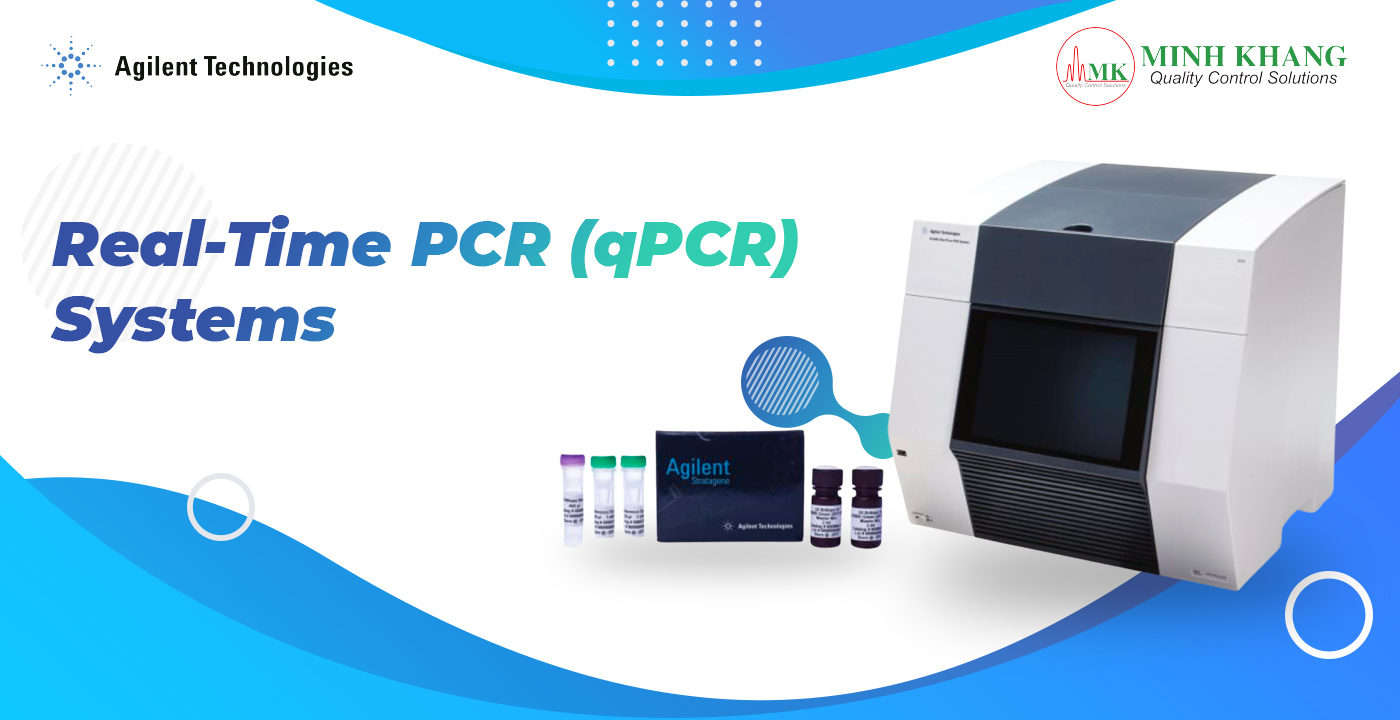

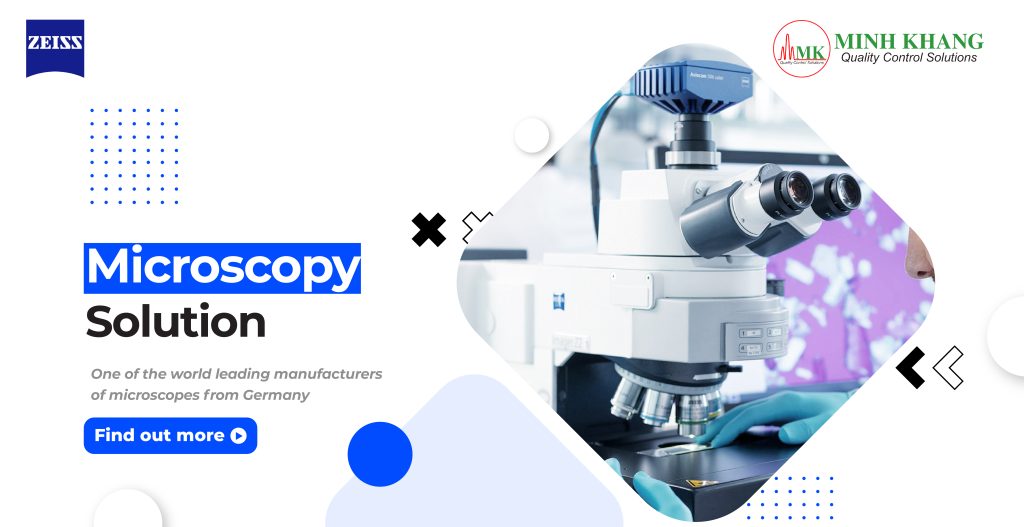
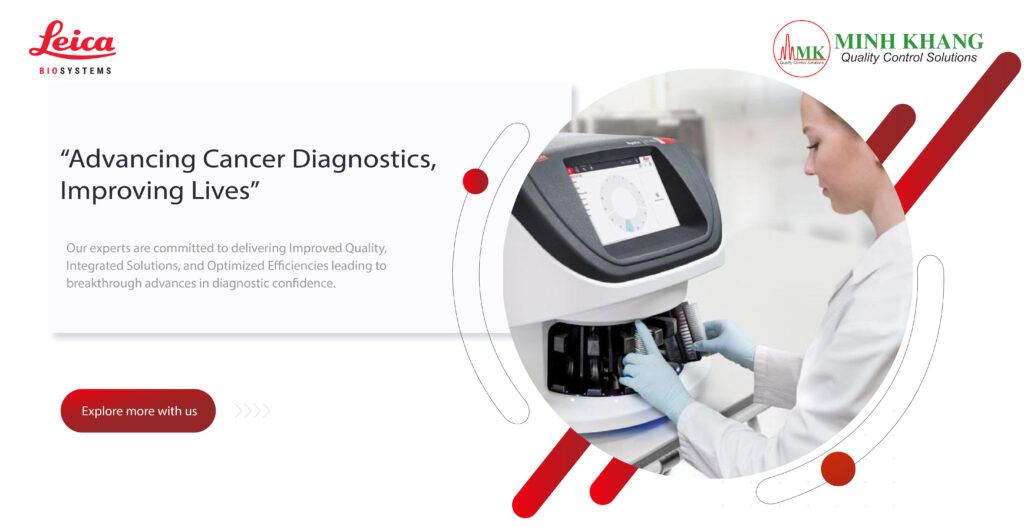




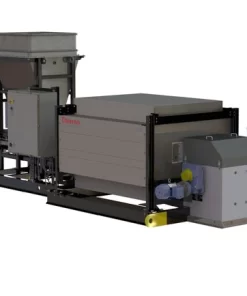

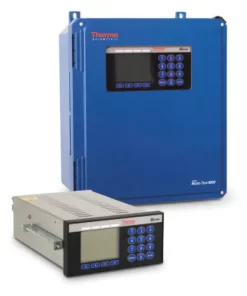
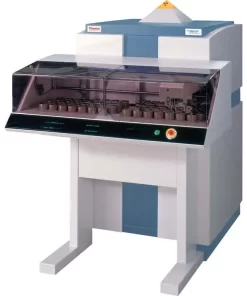
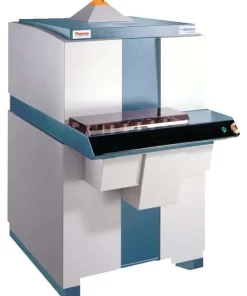
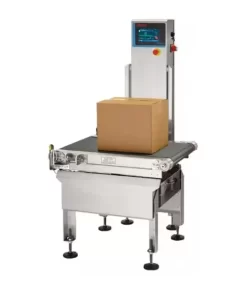
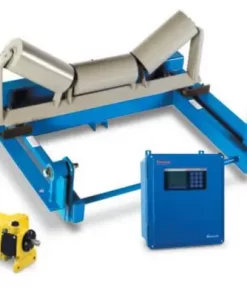
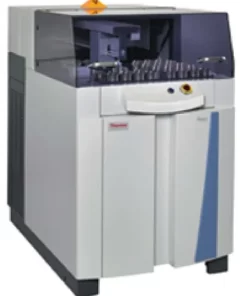
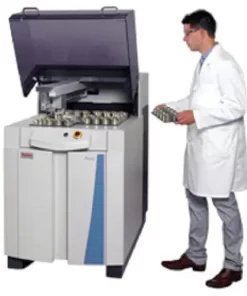
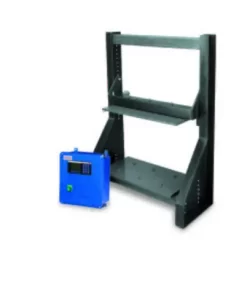
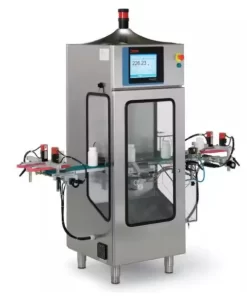

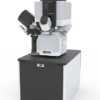

 VI
VI